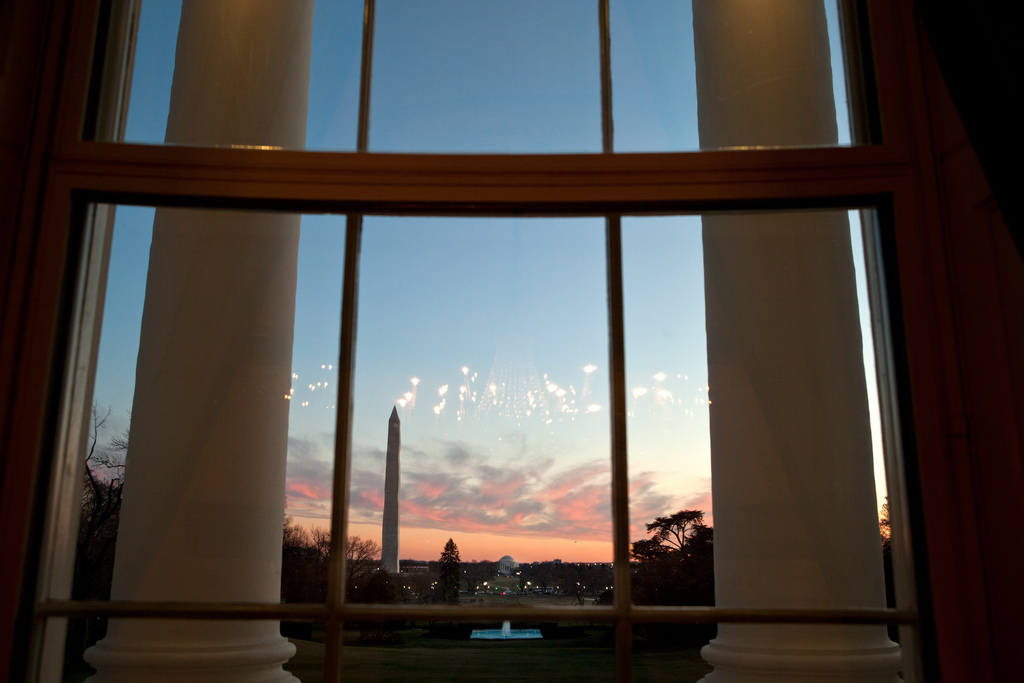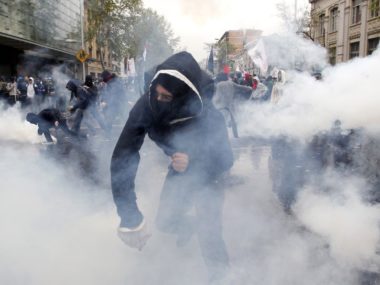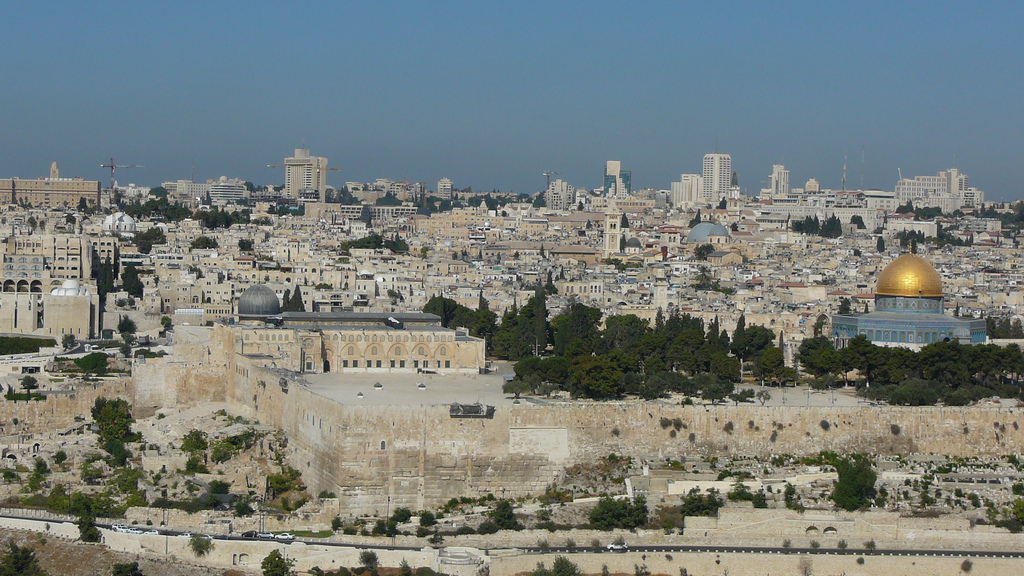By Matthew Klick for Denver Dialogues
Last month, a 41-day armed standoff at the Malheur National Wildlife Refuge (in Harney County, Oregon) came to a peaceful end when the last four occupiers surrendered to the FBI. For many watching from afar, including those of us in some way preoccupied with political violence and its ramifications on society, the armed occupation of a federal office in rural eastern Oregon was easy to dismiss. It was either a childish stunt, the antics of a lunatic fringe, or a misguided protest over federal regulation gone awry, but it otherwise did not warrant much attention.
It was easy to dismiss, even though the Malheur occupation followed a 2014 violent episode in which self-described militiamen surrounded and forced federal agents to release captured cattle that were illegally grazing on public lands. In that incident, papers filed in federal court report that up to 400 heavily-armed militants threatened federal agents and trained automatic weapons, including a .50-caliber machine gun, on the officers. According to a source familiar with the case, “this was the first time that federal agents have ever been surrounded, threatened, and forced to retreat like this. This event was stunning.”[1]
Although there has not been quite the same show of force since the “Bunkerville” stand-off described above, in fact, armed militia from the Oath Keepers, Three Percenters and the Pacific Patriots Network, among others, have challenged federal agents in Oregon, Nevada, Idaho, Texas, Utah and Montana since 2014.
In fairness, these actors are extremists, and do not represent the sentiments of the majority of rural residents, including those frustrated by economic decline and federal land policies. But also in fairness, and in an environment of increasing concern over homegrown terrorist threats, it might be worth considering who, precisely, is more a threat to life and liberty when assessing homegrown terror. And what, if anything, does the recent spate of armed standoffs say about our perceptions of homegrown terror, and its coverage?
Structural Determinants of Homegrown Terror
Whether Donald J. Trump’s proposed “total ban on Muslims,” or the current battle between Apple and the FBI over unlocking an iPhone belonging to one of the San Bernardino shooters, popular discourse continues to frame jihadi-inspired sympathizers as America’s greatest homegrown terror threat. Yet a closer look at what terrorism analysts are saying calls that assumption into question.
For instance, in sworn testimony before the Senate Judiciary Committee’s Subcommittee on the Constitution, Civil Rights and Human Rights, the FBI’s then-Deputy Assistant Director for Counterterrorism, Michael Clancy, stated that, “militia extremists are expected to continue targeting law enforcement and government officials in response to any recently enacted legislation that is perceived as infringing on their constitutional rights.” The Justice Department, meanwhile, is determining how to more effectively deter and prosecute what it sees as a growing threat from “domestic anti-government extremists” like those operating at Malheur. And finally, a recent survey of law enforcement nationwide ranked anti-federal government “sovereign citizens,” who disavow the federal government, as the most significant homegrown terror threat.
Some of the threat posed by these domestic extremists is augmented by the judicial system itself. As a Reuters report notes, defendants accused of plotting attacks in the name of Islamic State collectively faced more severe charges than militia members, “sovereign citizens” and other anti-government extremists who have been prosecuted for similar activity. A number of other factors embolden the militants, however. “Sagebrush rebels” and other right-wing extremists, it turns out, have friends in high places—making them arguably far more dangerous than lone wolves reading Jihadi websites late at night. The FBI, Southern Poverty Law Center and Anti-Defamation League concur.
Day-to-day, homegrown extremist groups draw strength from the political support of lawmakers, particularly at the state level, and have won the sympathy of 2016 Presidential candidates, including both Donald J. Trump and U.S. Senator Ted Cruz. These anti-government extremists draw additional support, including material support, from civil society organizations committed to the transfer of federal lands to states, and even the Koch brothers (who backtracked slightly after racist comments by Sagebrush icon Cliven Bundy were made public). In contrast, ISIS-inspired terrorists would never find this degree of open, popular support stemming from throughout the ranks of U.S. society.
Like their ISIS-inspired counterparts, however, the most recent manifestation of violent, anti-government extremism does find justification in religion, particularly the Mormon Church. Church officials in Salt Lake City were quick to denounce the actions in Malheur, and do not condone violence against federal officials. The leaders of Malheur, and Bunkerville before that, nevertheless find “divine inspiration” for their actions in more fundamentalist Mormon teachings on the role of government, and tap into a lingering distrust of government perpetuated by more conservative branches. More than anything, the Mormon Church has provided a rich social network from which to draw popular support from throughout the West, and throughout the country. LaVoy Finicum, the lone casualty of the Malheur standoff, was connected to the movement through Church circles, as were many of its supporters.
Finally, homegrown extremism of the domestic, virulently anti-government kind garners support from within law enforcement itself. Although the FBI and Justice Department have been increasingly concerned with the mobilization and armament of local militias, local law enforcement has not only sat on the fence at times, but actively interfered with the lawful actions of federal agents throughout the western U.S. So-called “sagebrush sheriffs” see themselves as the last upholders of the Constitution, and have organized under the moniker of Constitutionalist Sheriffs and Peace Officers Association (CSPOA). It is again safe to assume that such leniency for brandishing weapons before federal agents cannot be counted upon by extremists inspired by ISIS or Al-Shabaab.
Assessing Threat Levels and Divorcing Them from Popular Perception
In sum, homegrown terrorists of a starkly non-Muslim (and frequently anti-Muslim) variety have more domestic institutional and material support, along with political sympathy for their acts, than a would-be jihadist would ever encounter in the United States. Moreover, recent official assessments indicate that these same groups are responsible for more damage than any other organization or group in recent years—and have multiplied in recent years. As the Reuters analysis cited above demonstrates, however, the penalties for non-jihadist domestic terrorists are, in comparison, measurably more lenient.
There is a distinct disconnect between popular perceptions of domestic terror and reality, which tends to diminish the seriousness of anti-government extremists and elevate the threat posed by Muslim immigrants. Anti-Muslim rhetoric by Presidential frontrunners exacerbates this disconnect, but so too does broader media coverage.
A recent post in this series rightfully called for a more balanced, more nuanced, and more reasonable policy response to international terror. Similarly here at home, policy might be tinkered with so that the real problems of rural economic decline are taken seriously, while investment in rural education, broadband infrastructure, or rural mental health services, take root.
That would not be enough to end organized violence against the federal government, however. So until then, a re-boot of public perceptions regarding the link between identity and threat might yield more fruitful social returns on investment.
[1] Phone call with a journalist who preferred to speak off the record. He has extensive experience covering self-described militant groups throughout the West for the last 30 years.
Matthew Klick, PhD, is the founder and director of Arctic and Mountain Regions Development Institute (AMRDI), and an adjunct professor at the Korbel School for International Studies, University of Denver.






2 comments
You need to research further the description of the weapons used at Bunkerville. You note the information as coming from papers filed in court, but the link goes to a CNN article which in turn relies on unspecified third parties.
CNN uses the political term “assault weapons” which is used to lead people to believe that these firearms are automatic / machine guns which is, in fact, false. I do not have valid information on the weapons, either, but going on mentions of snipers I would not be surprised to learn that the .50 caliber weapon is in fact a Barret rifle and not a machine gun. CNN doesn’t know or care to distinguish the difference.
Nobody said machine guns.